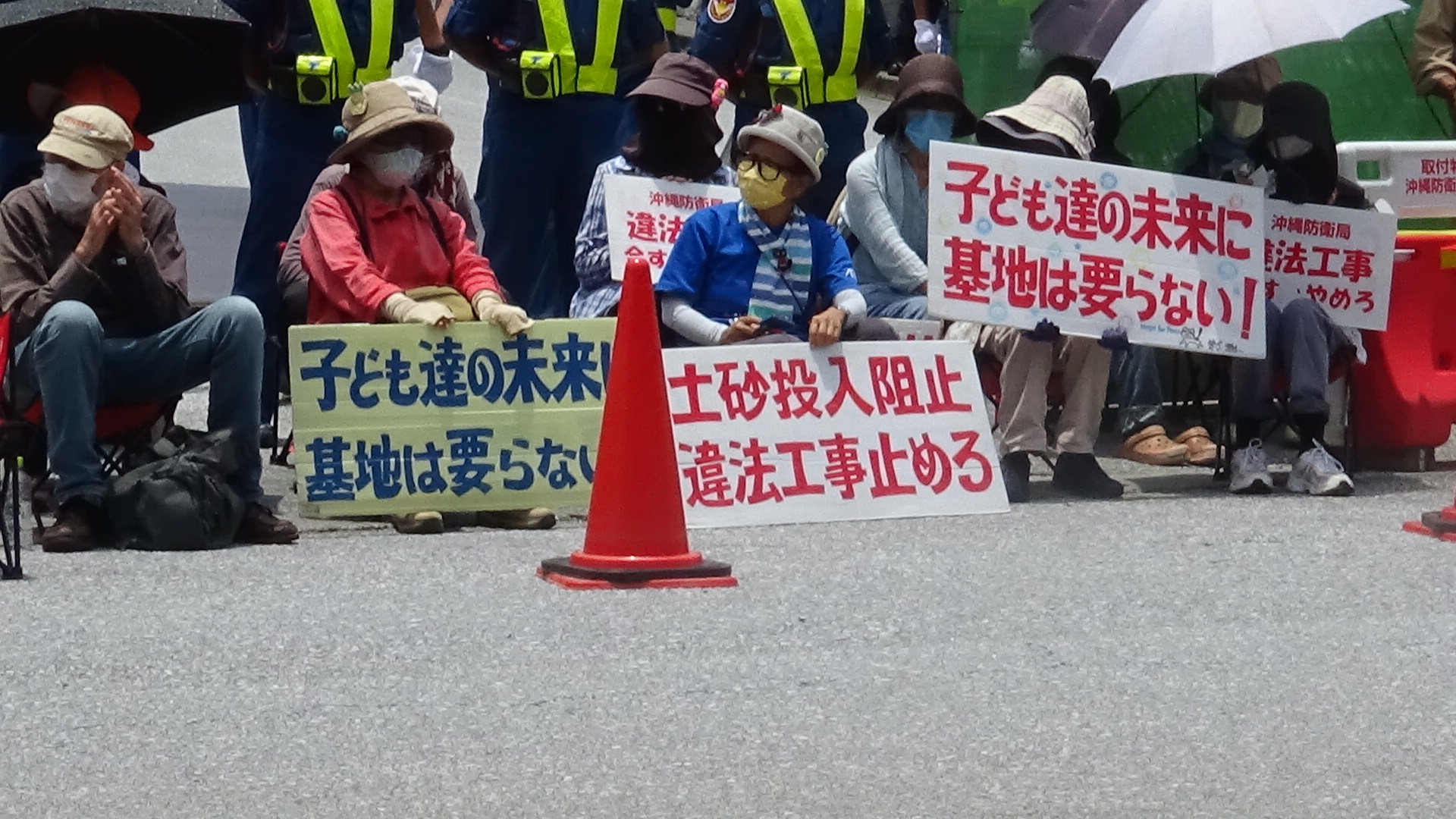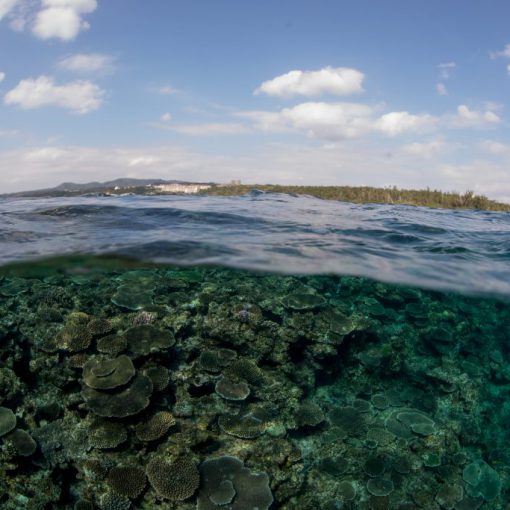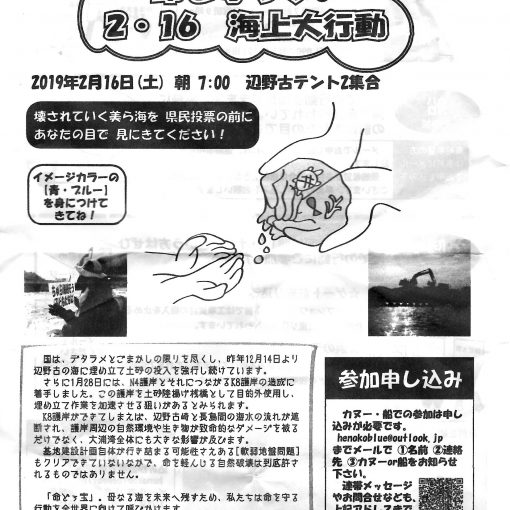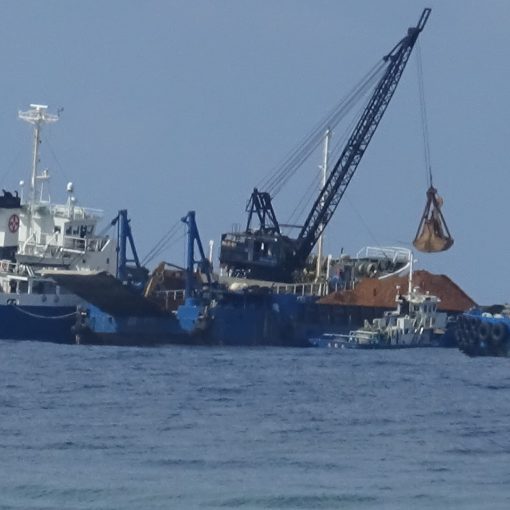Because of a soft seabed that was not confirmed before completing the original construction plan, Okinawa Defense Bureau submitted a request for changes to the original plan to improve the soft ground. The requested changes were far fetched from the original plan, which suggests that no thorough preliminary survey was conducted (or conducte but concealed) prior to proceeding on the construction.
Three major changes were as follows:
1. Ground improvement work
Ground improvement work is needed for 66.2 hectares on the side of the Oura Bay. Three different methods of ground improvement will be applied, and 71,000 sand pillars will be buried.
2. Time and cost required for construction completion
Time required for the improvement work is extended from the originally-planned 5 years to 12 years, and it will cost JPY930billion, approximately 2.7 times more than the original budget.
3. A total area of landfill
The original plan to landfill Henoko Fishing Port to use as a storage site was cancelled, which will decrease the total landfill area down to 152 hectares. Sea sand will not be used for landfill, but recycled material will be used as an alternative. Sea sand will be used for ground improvement work.
On the day the plan change request was received, the Governor Tamaki Denny criticized, “The central government has not yet responded to our request for talk but unilaterally initiated the process toward approval, which we cannot condone it.” Also he commented, “We will respond accordingly upon a thorough review of the request.”
The Governor Tamaki Denny will stick to his policy and not approve the changes, and Abe administration will bring it to the court again.

(In front of Camp Schwab Gate)
Under the blazing sun, nearly 50 people resumed the sit-in in front of the gate. Protesting citizens carried signs: “No military base for the future of our children!” “Okinawa Defense Bureau should stop the illegal construction immediately!”
In 3 separate convoys from the morning through the afternoon, a total of 173 trucks made deliveries which included huge pipes that appear to be used for waste water drainage.


(Ryukyu Cement Awa Pier)
Nearly 30 people were divided into 2 groups to protest both at the entrance and the exit. At the exit, 10 riot policemen restricted the citizens’ movement so that the protestors could not stand in front of the dump trucks. It is most likely that they wanted to avoid the dump trucks trapped inside the pier grounds as they were in two days ago. Truckloads of 749 were loaded to 4 cargo ships and left the pier.


(Motobu Shiokawa Pier)
Five members of Shimagurumi Motobu Town continued protesting all day long. Being small in number, the protesting members cannot take a day off.
372 dump trucks made deliveries of earth and sand, and all deliveries were loaded to 3 cargo ships.

Number of dump trucks to date and percentage against the total
The estimation calculated on the basis of the number of ruckloads serves only as a reference.
Number of dump trucks which made delivery from December 2018 to the end of December 2019 114,601(1.39%)
| 20(Sat) | 22(Mon) | 23(Tue) | 24(Wed) | 25(Thr) | 26(Fri) | |
| Awa | 673 | 708 | 0 | 749 | ||
| Shiokawa | 0 | 55 | 0 | 372 |
| Number of dump trucks ※ |
Weightt of earth/sand
※① |
Converted to volume
※② |
Volume per Total
※③ |
| 188,710 | 943,550t | 471,775㎥ | 2.288% |





